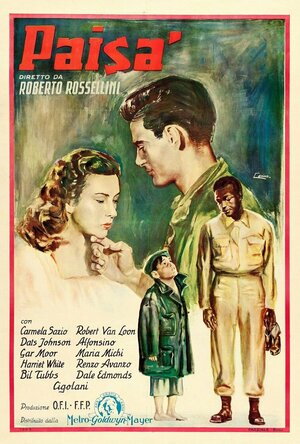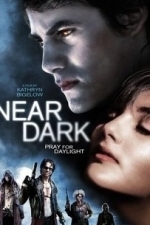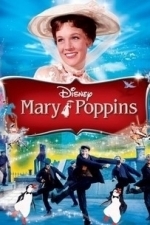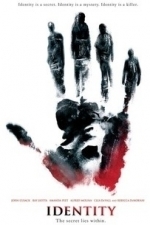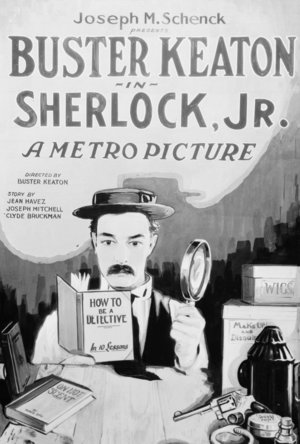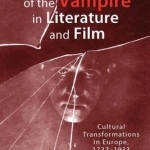
Metamorphoses of the Vampire in Literature and Film: Cultural Transformations in Europe, 1732-1933
Book
For the last three hundred years, fictions of the vampire have fed off anxieties about cultural...

Bedford Park
Book
An evocative historical thriller based in one of London's original suburbs. Set in 1912, Bedford...
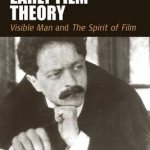
Bela Balazs: Early Film Theory: Visible Man and The Spirit of Film
Bela Balazs, Erica Carter and Rodney Livingstone
Book
"[The book is] part of the Film Europa: German Cinema in an International Context series. [It] has...
Cycles, Sequels, Spin-Offs, Remakes, and Reboots: Multiplicities in Film and Television
R. Barton Palmer and Amanda Ann Klein
Book
With sequels, prequels, remakes, spin-offs, or copies of successful films or franchises dominating...
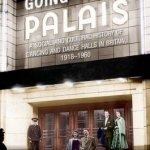
Going to the Palais: A Social and Cultural History of Dancing and Dance Halls in Britain, 1918-1960
Book
From the mid-1920s, the dance hall occupied a pivotal place in the culture of working- and...
Jonas Carpignano recommended Paisan (Paisà) (1948) in Movies (curated)
Matthew Krueger (10051 KP) rated Near Dark (1987) in Movies
Nov 3, 2020
The plot: Cowboy Caleb Colton (Adrian Pasdar) meets gorgeous Mae (Jenny Wright) at a bar, and the two have an immediate attraction. But when Mae turns out to be a vampire and bites Caleb on the neck, their relationship gets complicated. Wracked with a craving for human blood, Caleb is forced to leave his family and ride with Mae and her gang of vampires, including the evil Severen. Along the way Caleb must decide between his new love of Mae and the love of his family.
Vampire films had become "trendy" by the time of Near Dark's production, with the success of Fright Night (1985) and The Lost Boys (1987), the latter released two months before Near Dark and grossing $32 million. Kathryn Bigelow wanted to film a Western movie that departed from cinematic convention.
The combination of the genres had been visited at least twice before on the big screen, with Curse of the Undead (1959) and Billy the Kid Versus Dracula (1966).
Bigelow knew (and later married) director James Cameron, who directed Aliens (1986), a film that shares three cast members (Paxton, Goldstein and Henriksen) with Near Dark. Actor Michael Biehn was offered the role of Jesse Hooker, but he rejected the role because he found the script confusing. Lance Henriksen took over the role. A cinema seen in the background early in the film has Aliens on its marquee and Cameron played the man who "flips off" Severen.
Its a classic and a cult film.
Timothy Spall recommended Mary Poppins (1964) in Movies (curated)
LoganCrews (2861 KP) rated Identity (2003) in Movies
Sep 22, 2020 (Updated Nov 26, 2020)
*or*
"𝘓𝘪𝘴𝘵𝘦𝘯 𝘵𝘰 𝘮𝘦, 𝘥𝘶𝘥𝘦, 𝘐'𝘮 𝘩𝘢𝘷𝘪𝘯𝘨 𝘢 𝘳𝘦𝘢𝘭𝘭𝘺 𝘧𝘶𝘤𝘬𝘦𝘥-𝘶𝘱, 𝘸𝘦𝘵, 𝘣𝘢𝘥 𝘧𝘶𝘤𝘬𝘪𝘯𝘨 𝘥𝘢𝘺."
True "What the fuck is going on? Huh? What..? Who?? ... wait what the fuck is that I- um, did they just? What the hell, but...where? Why? Uh, how?" cinema. This sort of exasperatingly looney, balls-planted-firmly-to-the-wall thriller with like 60 twists is sort of played these days - but I'd imagine that in its day it was quite revelatory. This was honestly a hoot and a holler but sadly its greatness is sunk by James Mangold - for the most part - being a hack who has no clue how to dramatize, have any definable mark as a director, or make inherently compelling things at all very compelling unless the studio has a firm grip on the project. His films mostly look like flat TV movies and play like no one behind the camera has much of a clue on what they're doing beyond maybe an introductory film guide on the back of a cereal box. This one isn't all that different either, but material with *this* low of a regard for any sense of subtlety or earthly realism and with a gleeful eagerness to throw all of its cards violently onto the table any chance it gets has a pass from me - especially when it's acted by a banging troupe of crackerjack character actors and reliable leads like this one. Really, really fun and sincerely manic - Agatha Christie meets a line of coke at a gas station bathroom. Plus the uninterrupted, heaping downpour is a helluva gimmick and it works where Mangold doesn't.
Kirk Bage (1775 KP) rated Sherlock, Jr. (1924) in Movies
Jan 28, 2021
Most memorable is the cinema scene where Keaton’s love sick amateur sleuth tries to hide by actually entering the screen – a trick paid homage to in many movies since, including Woody Allen’s The Purple Rose of Cairo. It is astonishing to think he not only thought of doing this in 1924, but also pulled it off with jaw-dropping special effects for the time. It’s also really funny. You don’t have to force a laugh because you feel you should, it is still clever and amusing almost 100 years later. In fact, the entire 46 minute print still looks so good it is hard to believe it is that old in any way. Surely one of a handful of half length films from the period that will always be watched for what they are and not just museum pieces.

